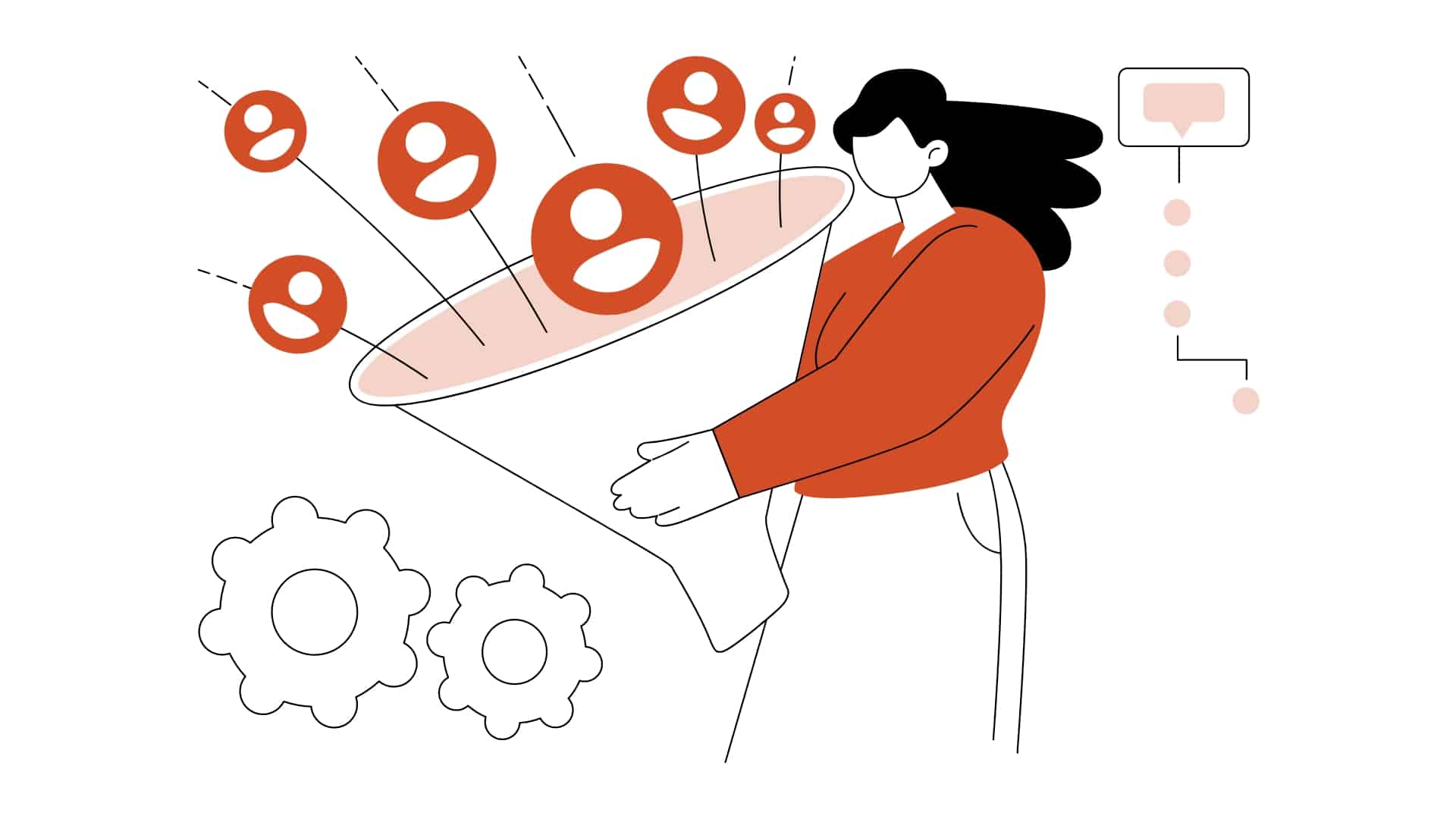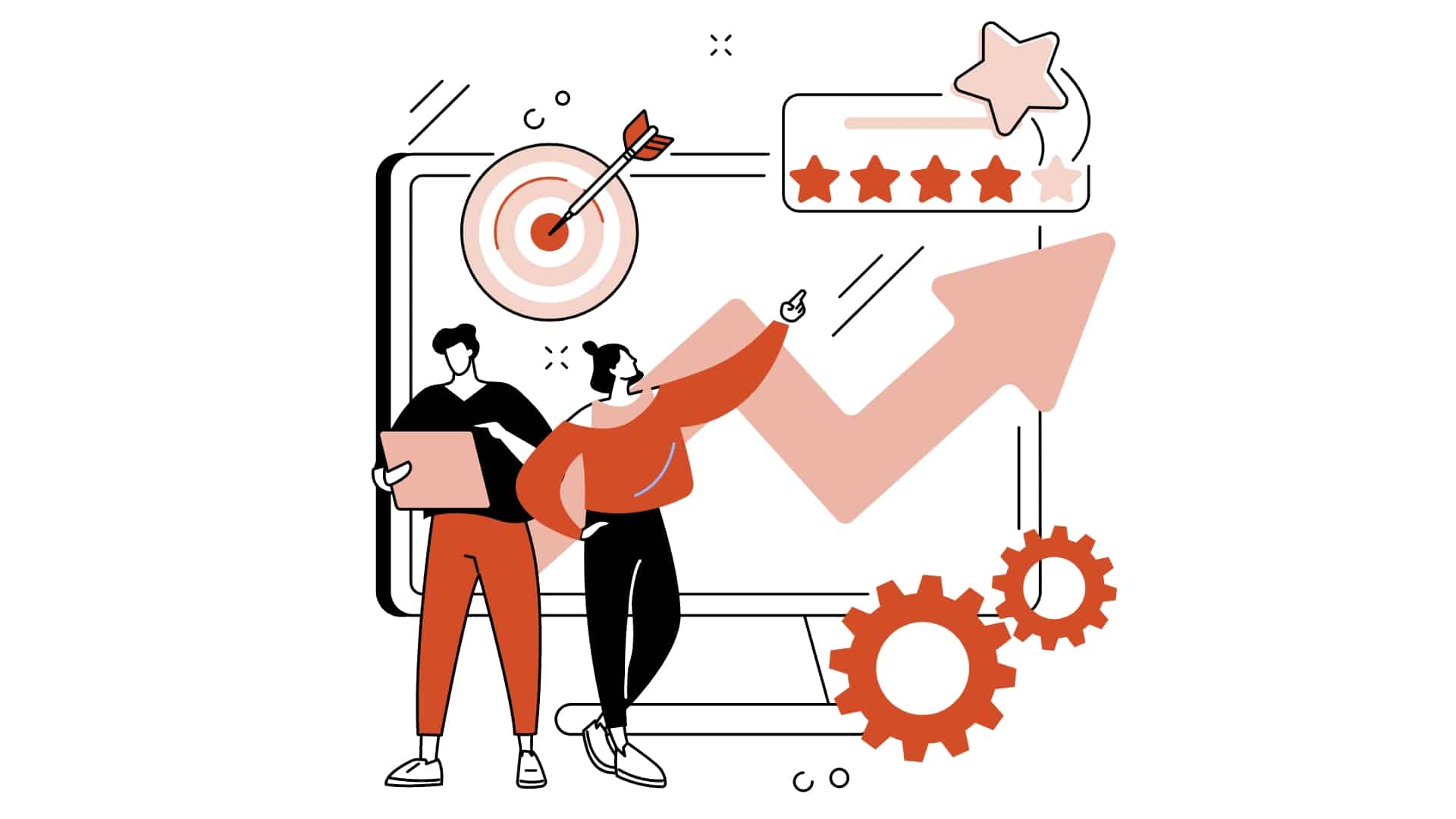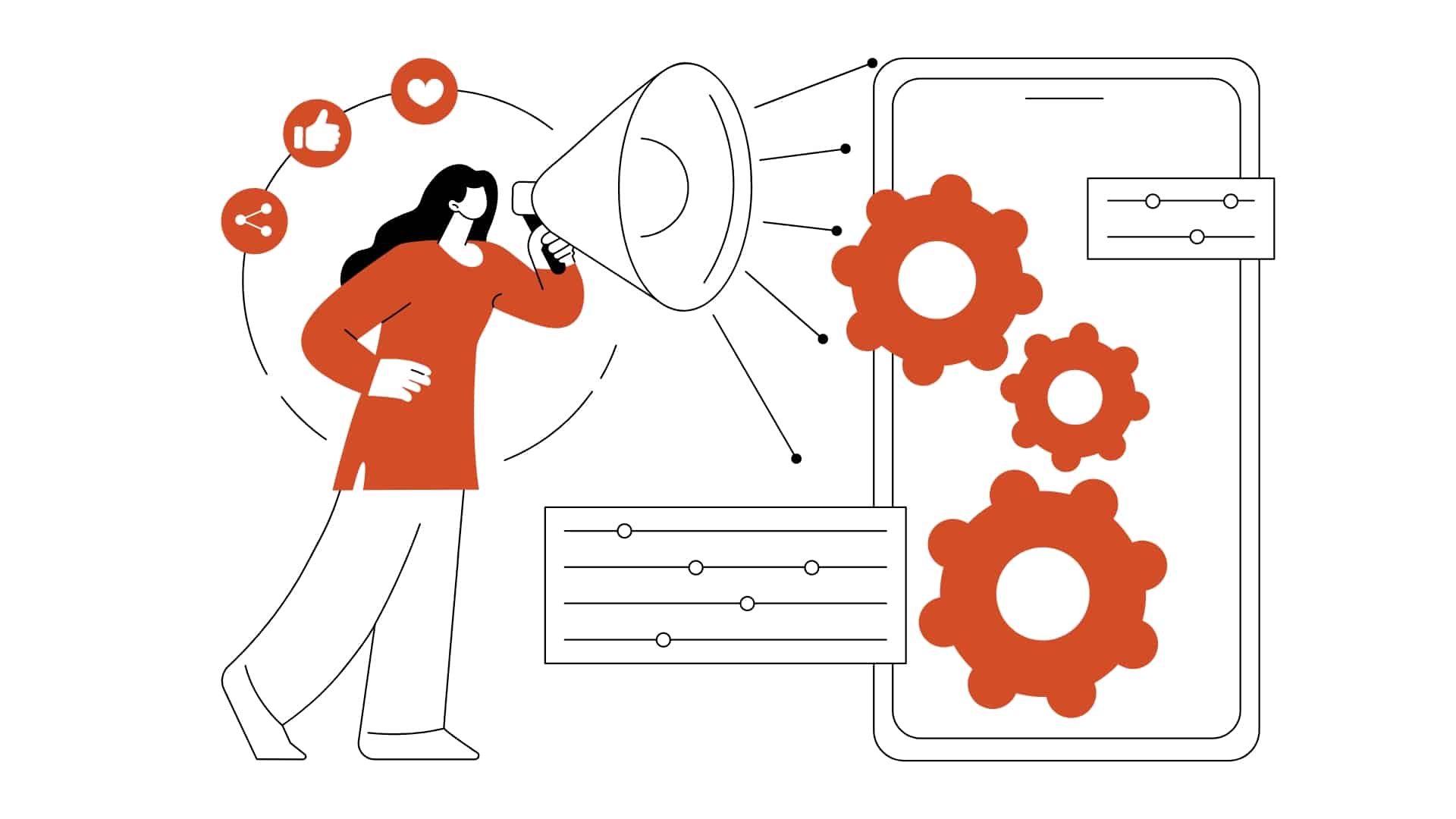How to Build Awareness for Your Brand—and Why It Matter
Building brand awareness gives your company a competitive advantage. When people think of your business and your products first, they are more likely to buy from you. And with strong brand awareness, you build trust—which helps keep your customers loyal. Brand awareness can also build your brand equity. After all, you don’t want people just to be aware of your business. You want them to view it positively.
Brand awareness doesn’t just happen. Marketers and communicators can foster increased brand awareness by connecting with customers and the public in online and physical spaces.
When you understand what brand awareness is, who is responsible for it, how to increase it, and how to measure awareness, you can move your company to the top of your industry. This detailed guide can help.
How to define awareness
Before you can build awareness, you need to have a solid understanding of exactly what brand awareness is. You may be familiar with the acronym AIDA in conjunction with the marketing funnel. AIDA stands for:
- Awareness
- Interest
- Desire
- Action
So, awareness is the first step in the marketing funnel that moves your customers toward purchasing your products or services. Awareness is where you grab your customers’ attention.
Brand awareness is the way your company is visible to the public. It includes the emotions and attitudes people have if and when they think about your company. The first part of brand awareness is making sure your company comes to mind when people think of your industry or the type of products you sell. Simply put, brands with strong brand awareness are popular. For example, when you think of a company that sells mobile phones, Apple likely comes to mind.
The second part of brand awareness involves the public’s thoughts about the company and its products. For example, people may think of Apple’s iPhones as cutting-edge, stylish and desirable.
Keep in mind that while you want to build brand awareness in positive ways, being aware of a brand doesn’t always mean people think of it positively. Scandals and egregious examples of customer service can make more people aware of a brand, but not in a good way. For example, the Volkswagen “clean diesel” emissions scandal of 2015 tarnished the company’s reputation. And viral videos of employees behaving badly don’t earn the public’s respect.

So, awareness is the first step in the marketing funnel that moves your customers toward purchasing your products or services. Awareness is where you grab your customers’ attention.
Why is brand awareness so critical?
Brand awareness is the first step in building your company’s revenue and growing your business—it brings more prospects into your marketing funnel, so it expands your audience and gives you a competitive advantage. After all, potential customers can’t buy your products if they don’t know that your company exists. You want your brand to be top of mind when they think about your product or service category. Your lead-generation efforts and other marketing strategies will be much more effective if your brand awareness is strong.
Learn more about the relationship between brand awareness and lead generation.
Brand awareness also enhances your reputation among your potential customers and even the general public. Brand awareness can build credibility, trust and brand equity or value. With strong brand awareness, your potential customers don’t just recognize your brand. They connect with it emotionally. And when they convert to customers and trust you, they are more likely to purchase from you again without considering your competition.
Who is responsible for brand awareness?
The responsibility for brand awareness typically falls to the marketing or communications team. Some companies may have a brand manager who is in charge of brand awareness and oversees strategy and development.
Because brand awareness can be tricky to measure, brand managers or marketing and communications leaders need to communicate closely with C-level executives to ensure they have the buy-in and funding they need for their awareness-building campaigns.
In a broader view, everyone in your company is responsible for brand awareness. After all, people form opinions about your brand every time they interact with it. How customer service handles questions, how easy it is to use your product or service, and how your packaging looks and feels all influence how people view your brand.
How do companies increase brand awareness?
The first step in increasing brand awareness is making sure you’re clear on what you want your brand to communicate. What message should people connect with your company? After all, Tesla and Toyota both make cars, but different traits probably come to mind when you think about each manufacturer. Once you understand your brand’s personality and tone of voice, here are some ways to raise awareness:
Focus on your website.
For most companies, your website is the front door for your brand. So a functional, fresh, well-designed site is a cornerstone of brand awareness. Your site needs to be SEO-optimized as well, so it gets the attention of potential customers.
Lean on your logo and tagline.
Your logo sends a visual message that tells people what your brand is about, and your tagline sums up your company with an emotional connection. When you see that Nike swoosh logo, you think of speed, right? And you can probably finish this sentence: “You’re in good hands with _______.”
Connect with people.
Engaging with current and potential customers is crucial for increasing brand awareness. Every company is different, but engagement for many means a campaign centered around social media, videos, blogs, podcasts and more. But that doesn’t mean pumping out content for the sake of views. Everything you produce should align with the message you want people to associate with your brand. And as you build your audience, you can segment it and then target your communications to smaller groups, honing in on what they need and want.
Be yourself.
Engage as a person, not as a business. People like to connect with other people—make friends with your audience.
Tell your story.
Maybe your founder has a rags-to-riches background. Or your company supports a foundation or nonprofit that makes a difference. Or it’s employee-owned, and those employees are cornerstones of their communities. Your story gives you a way to connect with people on a personal level.
Position your company as a thought leader.
Along with your own company’s efforts, thought leadership may mean guest blogging, enlisting your leaders to speak on industry podcasts or videos, securing spots as keynote or guest speakers at conferences, recording demos, publishing white papers, or promoting your leaders as experts for journalists looking for interview sources.
Make it easy for people to promote you.
Once people connect to your brand, they can be ambassadors for you. And these personal connections are vital to expanding brand awareness. After all, what’s more powerful than a recommendation by a trusted colleague, friend or family member? Make it easier for people to share your message by adding things like “share” buttons to your emails and easy retweeting for your messages.
How to measure brand awareness
Measuring brand awareness shows you which of your strategies are working and which might need revamping or eliminating. But brand awareness isn’t as easy to measure as many key performance indicators.
To start, you need to evaluate your goals for building brand awareness. Do you want to broaden your audience? Increase site traffic? Familiarize people with your company’s personality? Your goals inform your awareness metrics. Here are a few awareness metrics to consider:
- Measuring direct traffic to your website shows you how much of your audience already knows about your brand—they came to you directly, rather than through social media, advertising or search.
- Measuring overall traffic shows you that people who came across your brand in any situation were interested enough to click through to your website.
- Measuring social engagement—likes, comments, shares—can show you what impact your content is making.
- Social listening can give you insight into what people are saying about your brand or product to each other.
- Measuring followers can be relevant, but you must be sure you attract the right type of followers. Are your followers influencers who can help build your brand awareness? Partners who can recommend you to others? Prospects who can become leads and customers?
- Google Alerts can show you how people are talking about your brand in outside sources that you might not otherwise see. And Google Trends can show you if the total number of searches for your company or brand name is increasing over time.
- With brand awareness surveys, you can get direct feedback. Ask your customers how they heard of you or your audience if they recognize your brand.
For more, check out this step-by-step example of how to measure the way awareness can increase revenue.

Brand awareness is the first step in building your company’s revenue and growing your business—it brings more prospects into your marketing funnel, so it expands your audience and gives you a competitive advantage.
Take your brand awareness to the next level
By taking steps to increase your brand awareness and measuring results, you can build your company’s reputation and recognition and increase revenue. Learn the top strategies for building brand awareness in Pragmatic Institute’s Market course today.




